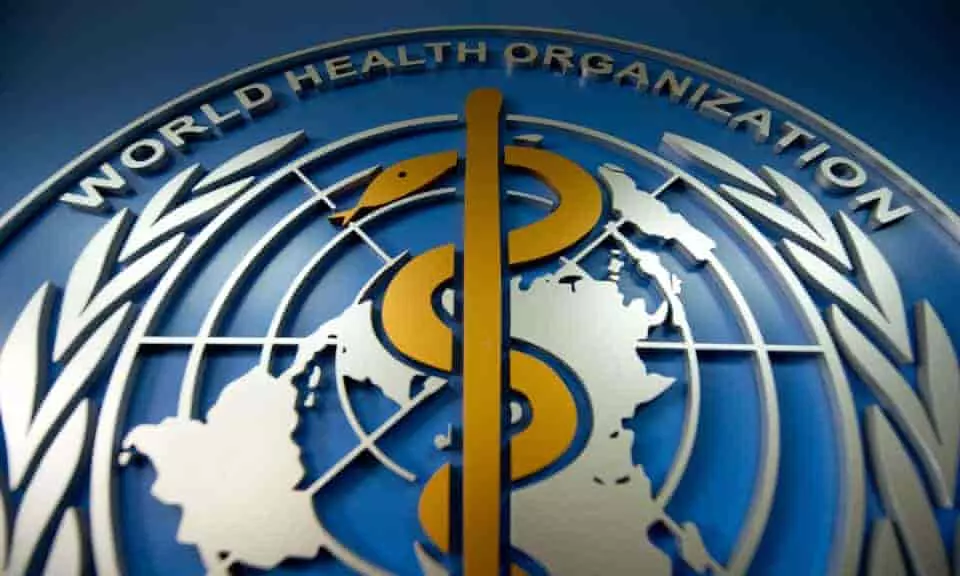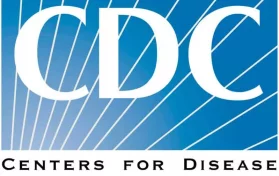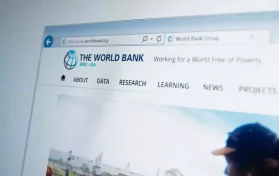
As the world heads into year three of the pandemic, one would be hard-pressed to find someone who has not at least heard of the WHO – the World Health Organization. However, there may be quite a few who do not know the purpose nor the responsibilities of the WHO.
The WHO was established as a part of the now-defunct League of Nations, and the creation of the agency took place on April 7, 1948. The WHO is the only agency worldwide that celebrates its establishment with an international day of recognition – the World Health Day.
The World Health Organization was founded with one chief mission in mind – improving public health conditions. The League of Nations set up the agency and tasked it with controlling international epidemics as well as the standardization of medications. The World Health Organization also offers some measure of quarantine regulations.
Along with the League of Nations (which would later become the United Nations), the World Health Organization was set up in conjunction with the International Office of Public Health. The WHO is governed by a constitution, and the organization is mandated to “promote the attainment of the highest possible level of health” of all people across the world.
According to the constitution of the World Health Organization, the organization defines health as “a state of complete physical, mental, and social well-being and not merely the absence of disease or infirmity.”
The World Health Organization is involved of many areas regarding the planning and carrying out of a number of health policies. The WHO played an important part in ridding the world of smallpox as well as working to eradicate polio and malaria.
When major outbreaks of disease take place, such as the outbreak of Ebola or COVID-19, the World Health Organization will play a pivotal part in planning a world-wide response to said outbreak. The WHO declared a global emergency during the 2014 outbreak of Ebola, and it helped to organize the way countries responded during the outbreak of the Zika virus in 2015 and 2016. Then, in 2020, the WHO was the first governmental agency to declare the COVID-19 outbreak a pandemic. Even now, the WHO is playing a major role in the response to COVID-19.
What is the ICD, and how is it connected to the World Health Organization?
The ICD is the International Classification of Diseases, and it is a compiled list of all known illnesses and/or conditions with their symptoms. The ICD is used by physicians worldwide in order to diagnose sickness in patients. At times, the WHO has had to look at certain conditions, such as video gaming disorder, and determine if these conditions really are illnesses that can be treated.
What are the chief responsibilities of the WHO?
According to the WHO’s website, the organization is tasked with a number of responsibilities. The WHO is dedicated to the well-being and health of citizens all over the world. The organization says it is guided by science, and its chief goal is to “give everyone, everywhere an equal chance to live a healthy life.”
The WHO says that their chief tasks have to do with leading the international response to health emergencies, including the COVID-19 pandemic. The WHO is responsible for promoting healthy lives for all world citizens, beginning when children are in the womb and carrying through to one’s elder years. The WHO does all this by using policies based in science.
The WHO says it works in two primary roles: universal health coverage and health emergencies. First, in the area of universal health coverage, the WHO wants to improve primary health care, improve access to medications, advise on work policies for those in healthcare as well as outline training for said healthcare workers, and improve health monitoring as well as healthcare data and information.
Next, when it comes to health emergencies, the WHO will identify, mitigate, and manage health risks, provide tools necessary during an outbreak of disease as well as work to prevent said emergencies, then provide support for health services in areas that are considered “fragile.” The WHO also works to respond to healthcare emergencies.
What are the Five Important Functions of the WHO?
1. Offer leadership in the area of global health.
Certainly, you’ve heard the World Health Organization mentioned in tandem with the CDC in America when it comes to guidelines on treating the COVID-19 pandemic. This is because the WHO is tasked with providing leadership when a global outbreak of illness takes place.
2. Research.
One of the most critical functions of the WHO is to carry out research that will benefit citizens of the world. Not only does the WHO research communicable illnesses themselves, but they also research the effect of public health policies, too. The WHO makes research a priority, not only to keep the organization abreast of any new information about the treatment of disease, but also to assist other organizations during the outbreak of disease. The WHO has locations across the world, and they promote research in multiple areas across the world.
3. The WHO sets standards for global health.
The World Health Organization is tasked with setting worldwide standards for global health policy. The agency is also expected to monitor the implementation of global healthcare practices. The WHO chiefly works with governmental agencies across the globe, but they coordinate with non-governmental institutions as well. Each year, the WHO is expected to review current healthcare standards and policies and to utilize suggestions from other health agencies across the world. Then, the WHO makes necessary changes to policies as these reviews dictate.
4. The WHO is a global advocate for scientifically-based, ethical health policies.
All the research that the WHO is tasked with carrying out lends to their advice on health policies on a global level. The WHO shares information garnered from this research, which the organization then shares with countries around the world.
5. The WHO functions as a global monitor for worldwide health concerns.
The WHO works to track global health trends, and the organization must ensure that it places resources where they can be best utilized. In many cases, this means WHO funding will be provided to developing countries that may have a more fragile healthcare system than wealthier countries – if they have a healthcare system in place at all.
What is the history of the WHO?
The idea of a worldwide health organization was proposed during a meeting of diplomats (which would later become the United Nations). This meeting took place in San Francisco, California in April 1945, two years before the World Health Organization was officially formed. The representatives from Brazil and China were the first to suggest that a worldwide health organization should be considered.
These two diplomats proposed holding a conference to discuss the matter, and the conference was held in February 1946. The next month, March 1946, a committee met in Paris to create and submit a draft of a constitution for the WHO. By June of the same year, the this draft was submitted to the International Health Conference. The committee turned the draft into a final form that was voted and and passed by fifty-one members of the United Nations.
During the mean time, the same committee that had drafted the constitution of the WHO elected an Interim Commission that would carry out many of the activities the WHO would eventually take over. This Commission would exist until the WHO’s constitution could be ratified and go into effect, which was the official “birthday” of the WHO – April 7, 1948. Prior to the WHO officially coming into being, the first Health Assembly met, decided that the WHO would succeed the Interim Commission in place at that time on August 31, 1948. Since then, the World Health Organization has carried out all the previously mentioned functions and responsibilities.





